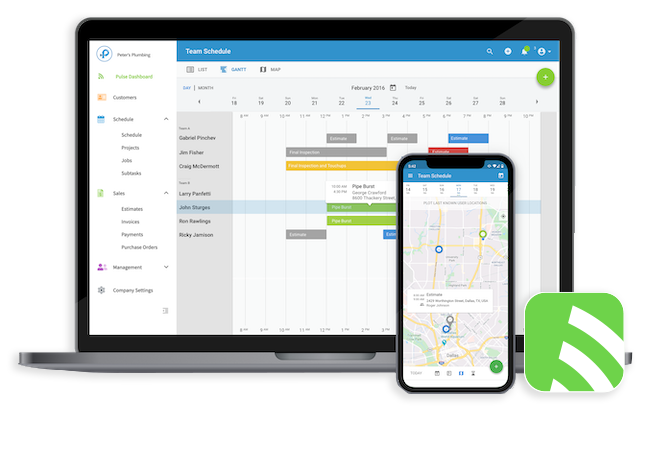As a professional tradesmen, there’s a good chance that you’ve never heard of SEO before, and why should you? Well, even though SEO has no impact on the work you’re doing on a daily basis, it absolutely has an impact on whether or not people will find out about it. While maintaining a high quality of service is important, it makes no difference if you have no clients to service because they can’t find your business easily online.

